What is Regenerative Shrimp Farming?
Regenerative shrimp farming is a sustainable way to raise shrimp that’s better for our planet. Unlike traditional methods, it focuses on restoring and enhancing the ecosystems around it improving water quality, lowering carbon emissions, and supporting biodiversity. With regenerative farming, we’re not just growing shrimp; we’re working to create a cleaner, healthier future for everyone.
We take immense pride in our shrimp, as years of effort, technology and dedication have allowed us to create the protein of the future.
Discover how our technology has made us the top choice for regenerative shrimp farming in the United States. We reduce environmental impact while delivering the freshest shrimp possible.
-
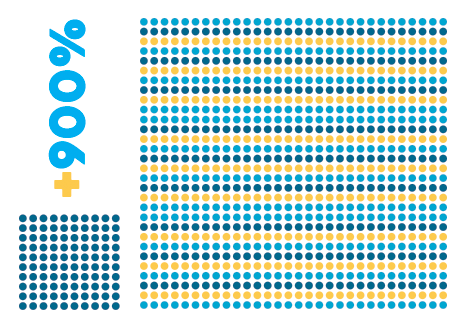
Production Efficiency
While traditional farms yield just 4 tons per hectare, we produce a staggering 75 tons, making us 1800% more efficient. Experience sustainability and productivity hand in hand.
-
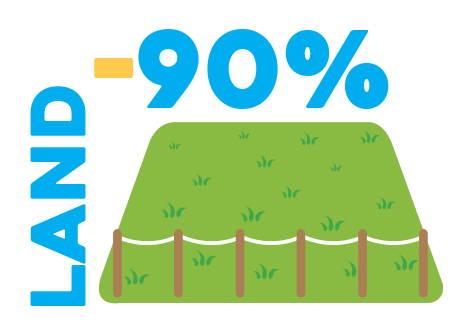
Land Usage
While traditional farms require 2500 square meters to produce one ton, we use a mere 150 square meters – that's a 94% reduction. Choose sustainability and conserve the environment with us.
-
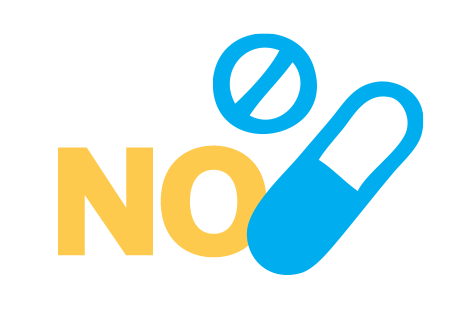
No Preservatives or Chemicals
Unlike many other producers, our shrimp are raised without the use of antibiotics, preservatives, or chemicals. Taste the natural freshness and quality you deserve.
-
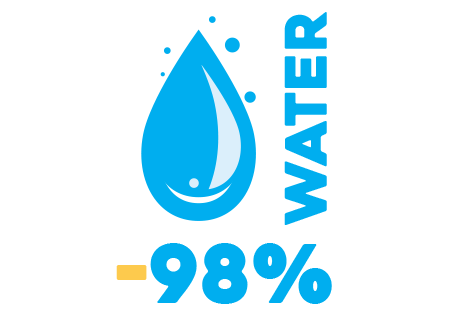
Protecting the Seas
Our innovative and eco-friendly farming methods reduce habitat destruction and bycatch, helping to preserve the fragile ecosystems of our seas. Join us in safeguarding our oceans while savoring the exquisite taste of responsibly harvested shrimp.
HOW WE DID IT?
-
BIOTECHNOLOGY
We develop Biotechnology that allows us to produce shrimp without water exchange, without antibiotics, and without abusive labor practices.
Shrimpbox mimics an ideal breeding environment and manages the complexity of the microbial community. -
PROPIETARY SOFTWARE
We desing propietery software that makes remote management of our production units possible, without the need for specialized personnel in the field.
All relevant workflows are mapped to deal with data complexity. This also enables consistency and makes it easy to train and perform farming tasks and operations.
Harmful Shrimp Practices
Why are traditional methods of buying shrimp so harmful? Whether it's wild catch or traditional farming, both can cause significant environmental damage. Here are some examples to help you make an informed decision about why it's harmful to the environment not to know where your shrimp comes from.
Wild Catch Shrimp
-
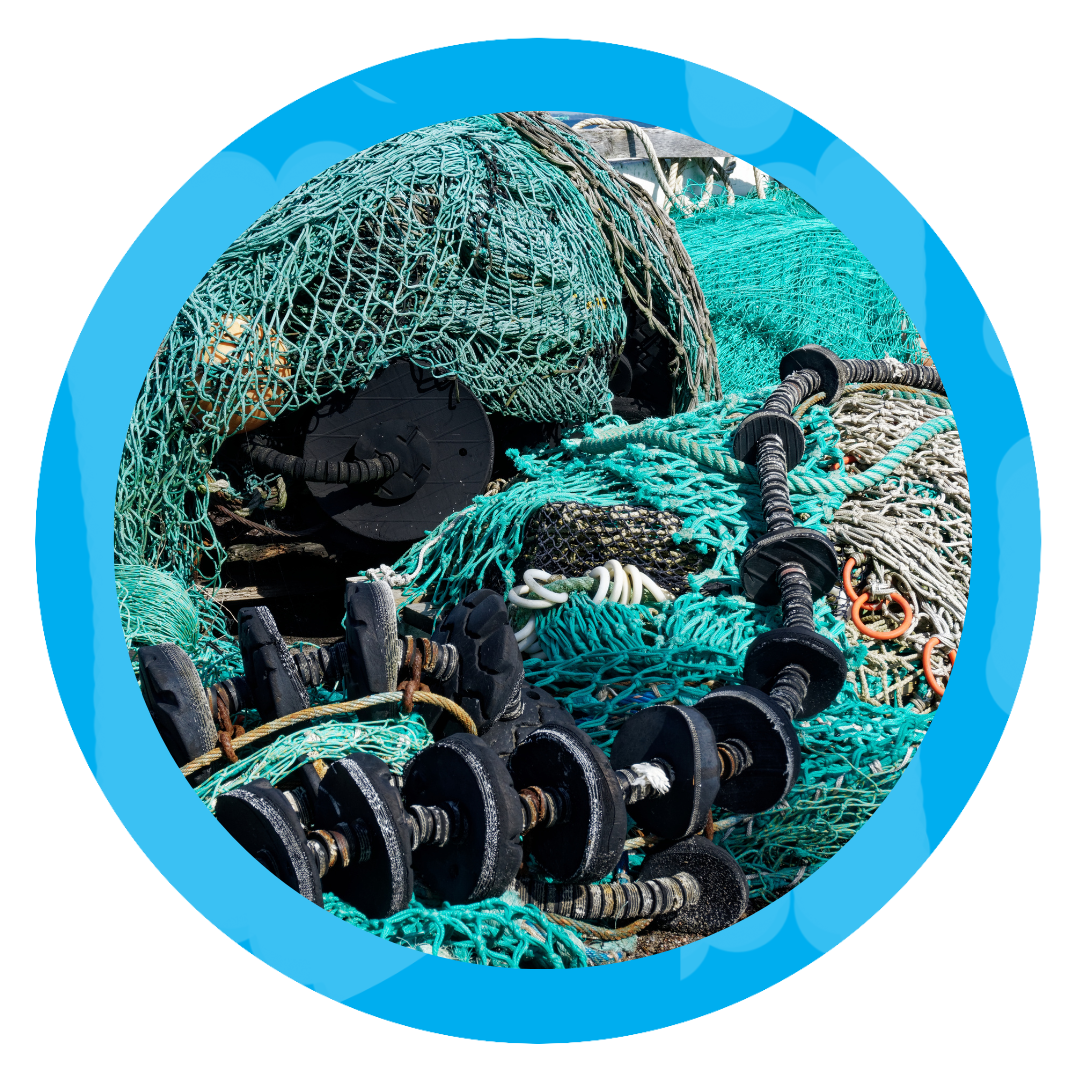
OVERFISHING
Shrimp lives in the bottom of the sea. To catch them, wild catch fisheries need to use large nets that are dragged through the water to the surface, taking with them all the animals that are neighbors of the shrimp, such as turtles, eels and seahorses.
For every pound of shrimp, 6-9 pounds of other animals are killed. -
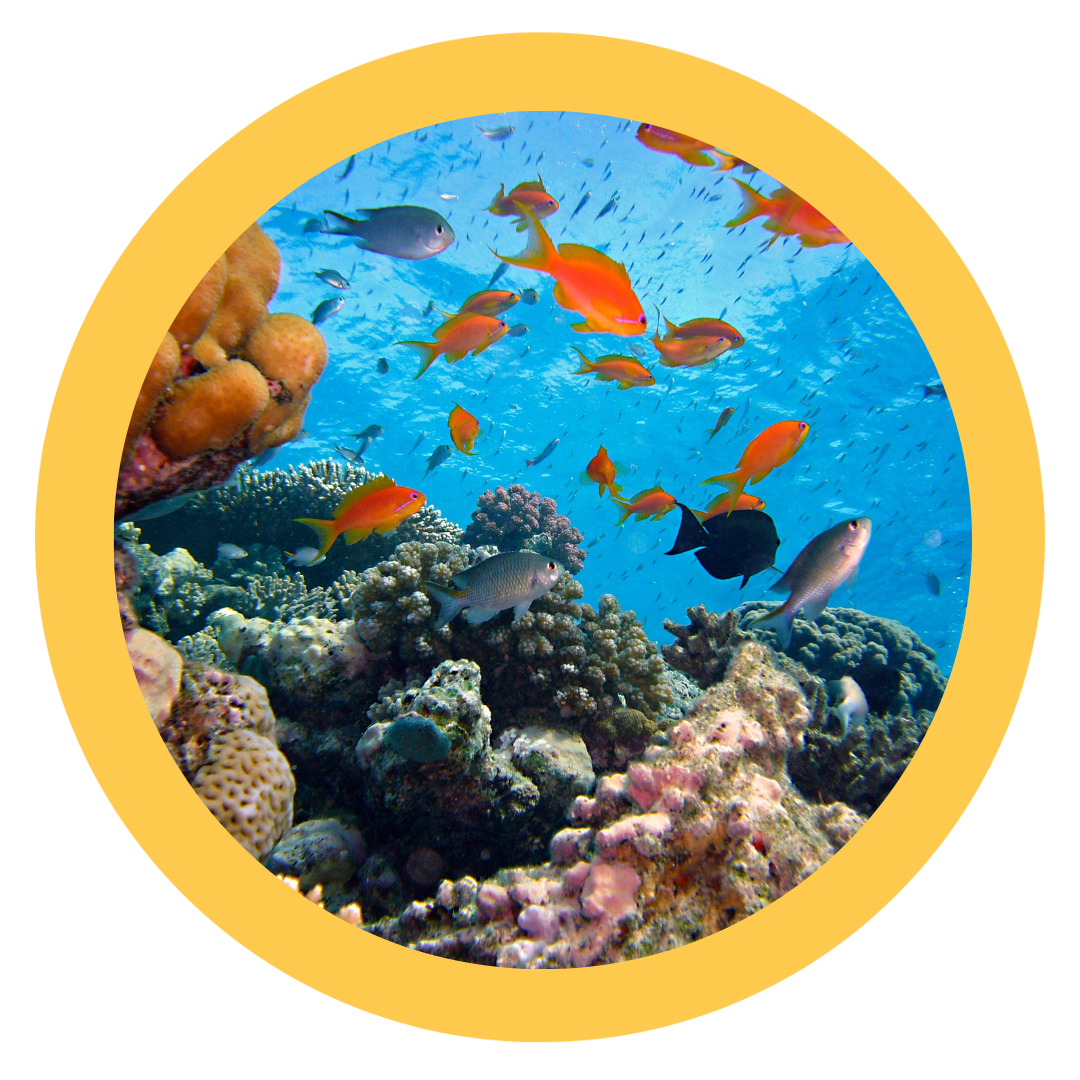
HABITAT DESTRUCTION
Destruction of Precious Habitats: Bycatch (non-targeted species caught in the nets) destroys 6 million km2 of seabed every year (equivalent to 2/3 of the landmass of the United States). As shrimp inhabit the ocean floor, the use of trawling nets results in the destruction of valuable coral reefs, which can take years to regenerate.**
-
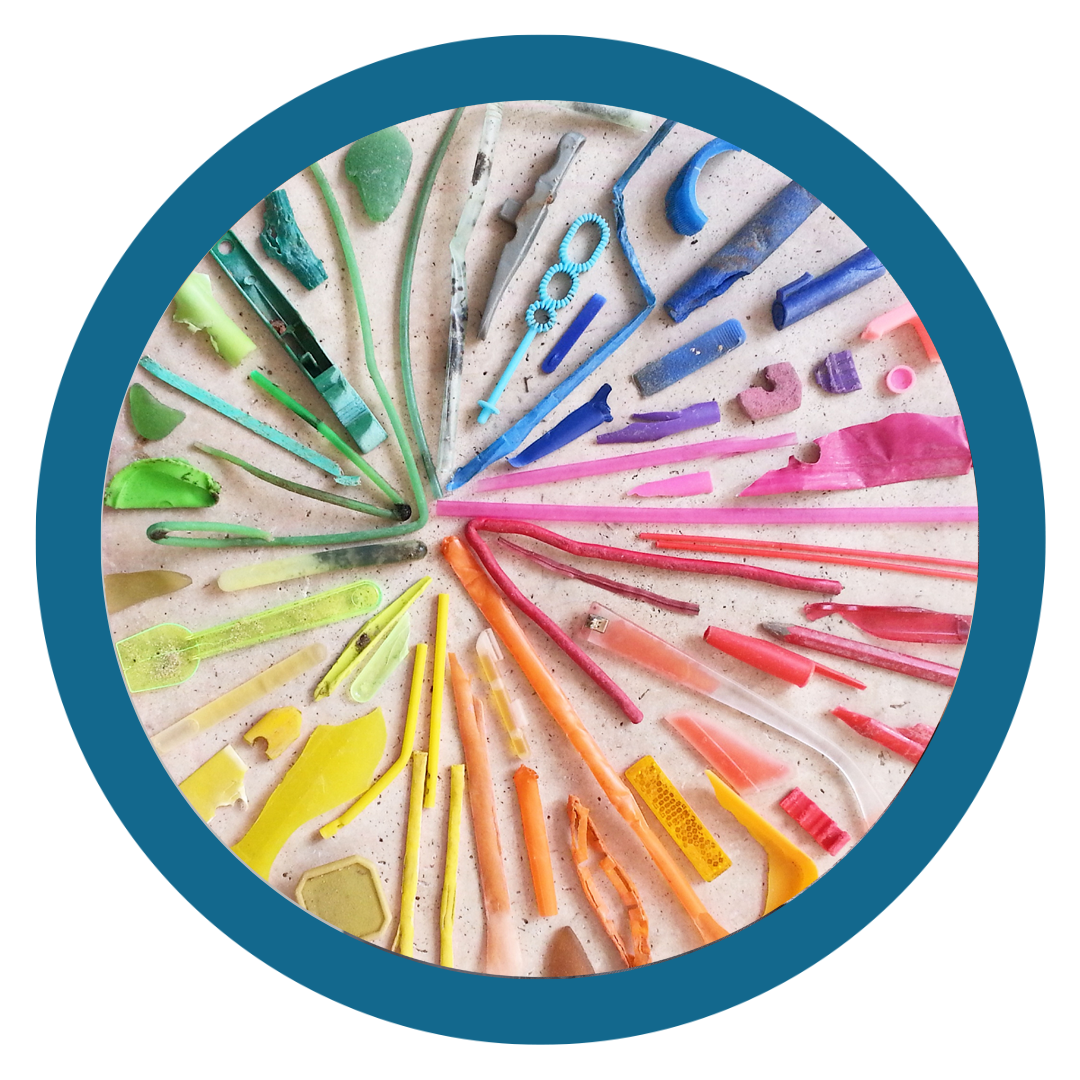
UNHEALTLY PROTEIN
Shrimp from polluted seas may contain microplastics and harmful chemicals like pesticides, which accumulate in their bodies. Additionally, wild shrimp often need to be frozen for extended periods to transport them to distant locations, contributing to the overall environmental cost of traditional shrimp harvesting practices
Traditional shrimp farming
-
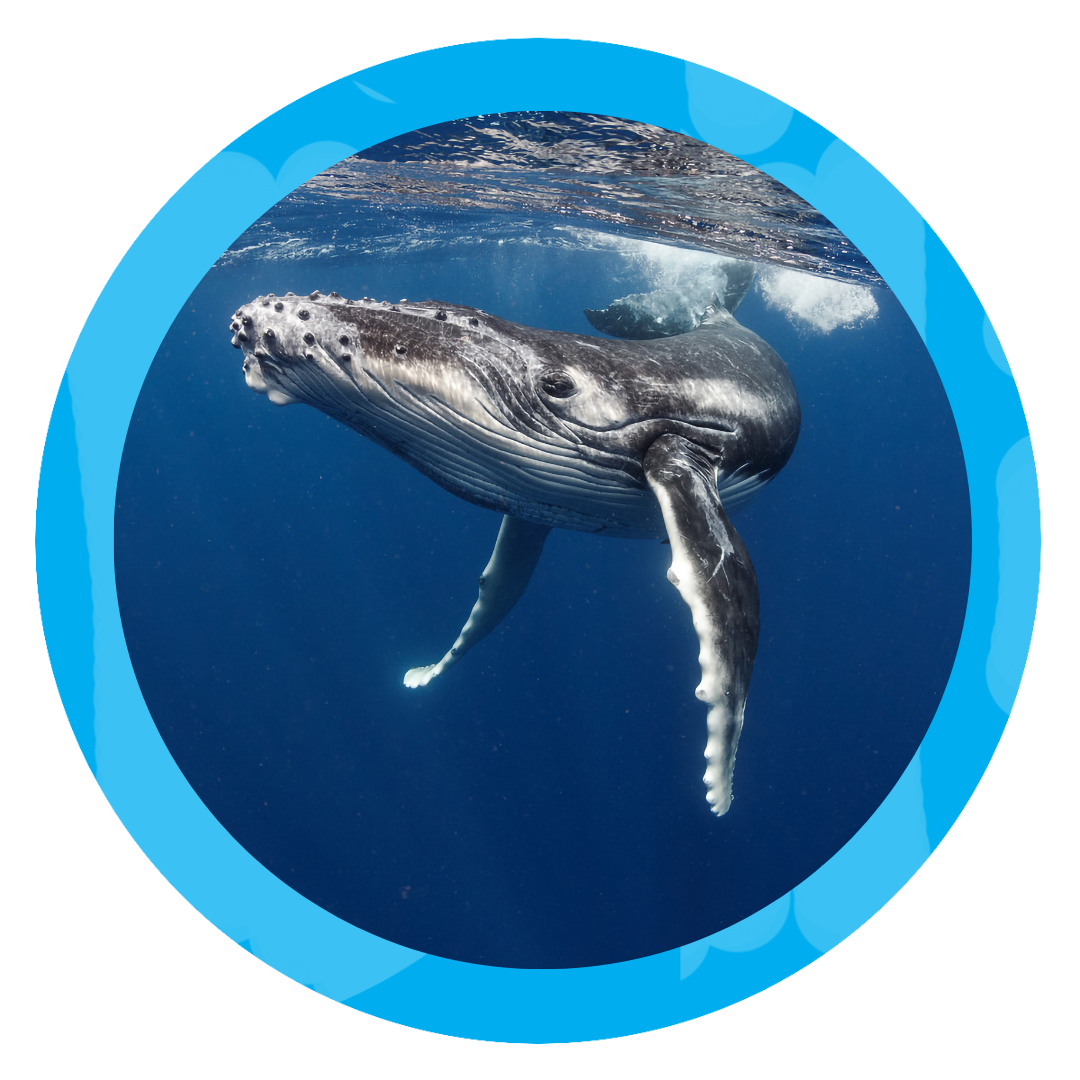
HABITAT DESTRUCTION
The shrimping industry is responsible for 40% of Mangrove forest loss worldwide(crucial for marine habitats and as oxygen production for humans). This forests sequester up to 4x more carbon than rainforests.
-
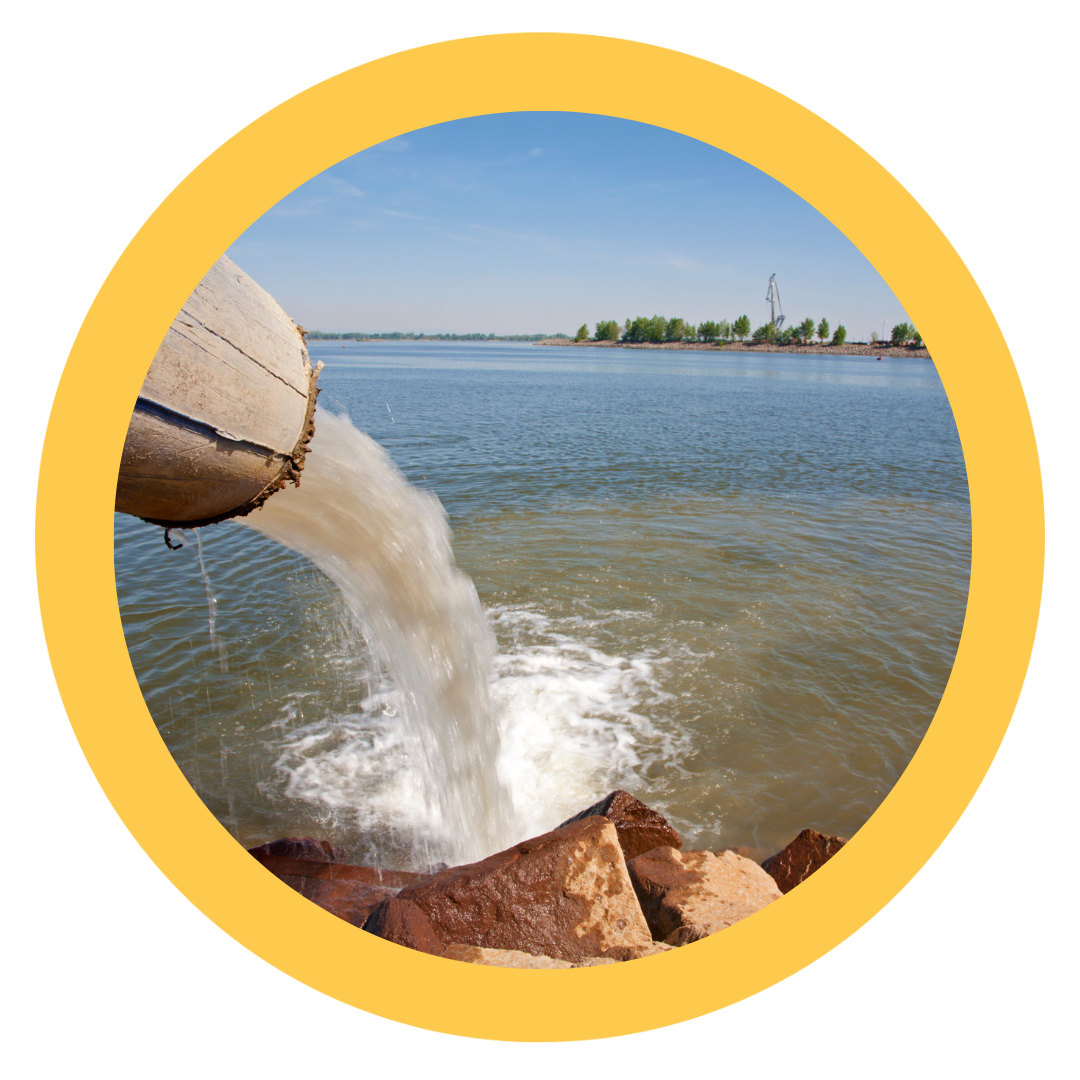
COASTAL POLLUTION
The shrimping industry and traditional shrimp farms, in particular, use huge amounts of water with chemicals and antibiotics that they discharge into the oceancontributing to the pollution and destruction of their surroundings.
-

HIGH WATER USAGE
Traditional Recirculating Aquaculture System (RAS) shrimp farming consumes significant quantities of freshwater, intensifying water scarcity and raising environmental apprehensions
